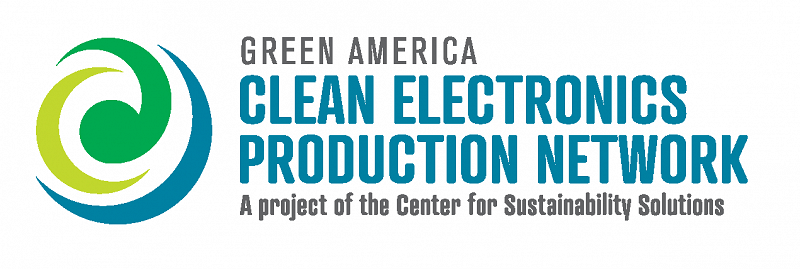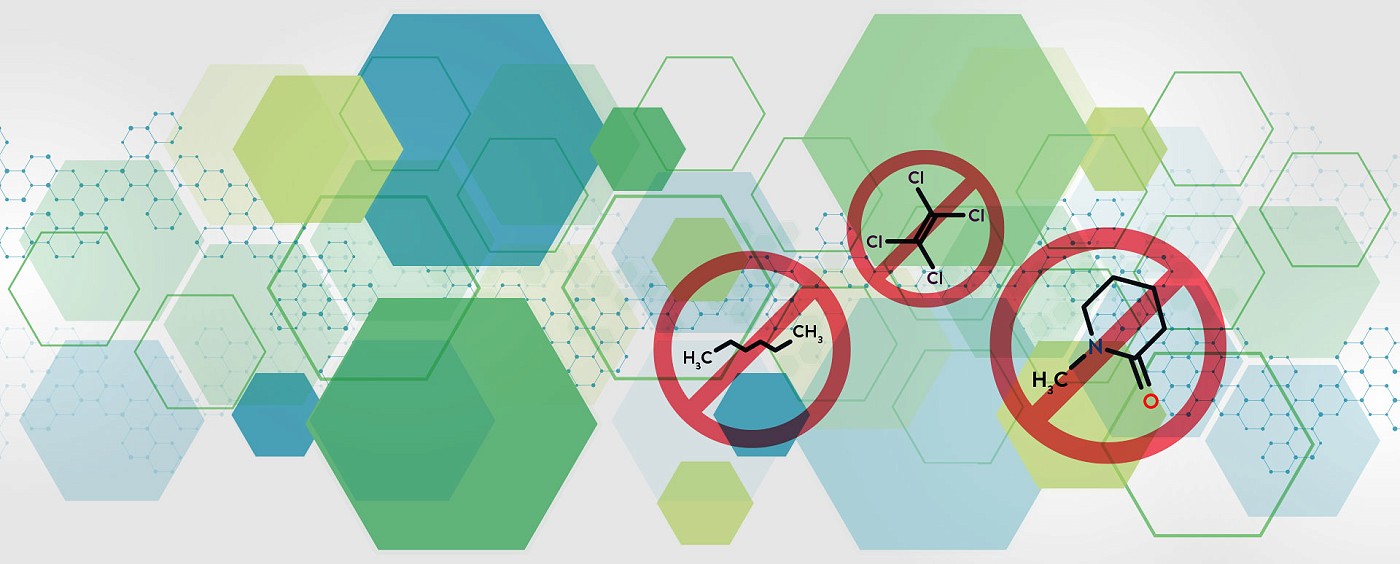
CEPN Priority Chemicals
CEPN has identified the 1st and 2nd Round of Priority Chemicals — process chemicals to be prioritized for elimination or substitution in electronics manufacturing. Both rounds of Priority Chemicals are focused on solvents.
Selection Process: The selection process for these Priority Chemicals included nominating a starting list of chemicals using CEPN member companies’ Manufacturing Restricted Substances Lists (MRSL) as well as other publicly available MRSLs, aggregated and anonymized data collected using CEPN’s Process Chemical Data Collection (PCDC) Tool and soliciting nominations from a broad cross section of stakeholders.
The nominated chemicals were then researched and screened against 1) CEPN’s High Hazard Criteria; 2) use in the electronics industry as solvents in manufacturing processes; and 3) a high-level review of potential availability of safer alternatives.

Toward Zero Exposure: For the Toward Zero Exposure program, both rounds of Priority Chemicals are focused on solvents used in manufacturing cleaning products.
1st Round Priority Chemicals
| CAS # | Chemical |
|---|---|
| 71-43-2 | Benzene |
| 106-94-5 | 1-Bromopropane |
| 75-09-2 | Dichloromethane (Methylene Chloride) |
| 67-56-1 | Methanol |
| 110-54-3 | n-Hexane |
| 872-50-4 | N-Methyl-Pyrrolidone (NMP) |
| 127-18-4 | Tetrachloroethylene |
| 108-88-3 | Toluene |
| 79-01-6 | Trichloroethylene |
2nd Round Priority Chemicals
| CAS # | Chemical |
|---|---|
| 98-82-8 | Cumene |
| 107-06-2 | 1,2-Dichloroethane |
| 111-96-6 | Diethylene glycol dimethyl ether |
| 68-12-2 | Dimethylformamide |
| 110-80-5 | 2-Ethoxyethanol (ethylene glycol monoethyl ether) |
| 111-15-9 | 2-Ethoxyethyl acetate (ethylene glycol monoethyl ether acetate) |
| 100-41-4 | Ethylbenzene |
| 109-86-4 | 2-Methoxyethanol (ethylene glycol monomethyl ether) |
| 108-10-1 | Methyl isobutyl ketone |
| 75-52-5 | Nitromethane |
| 76-01-7 | Pentachloroethane |
| 630-20-6 | 1,1,1,2-Tetrachloroethane |
| 79-34-5 | 1,1,2,2-Tetrachloroethane |
| 97-99-4 | Tetrahydrofurfuryl alcohol |
| 67-66-3 | Trichloromethane (Chloroform) |
| 1330-20-7 | Xylenes |
More information on the selection and research conducted for the 1st and 2nd Rounds of Priority Chemicals can be found in the Summary of First Round Priority Chemical Selection Report, December 2019 and the Summary of Second Round Priority Chemical Selection Report, June 2023.
Additional chemical information can be found by searching these example databases by the chemical name or CAS #:
- Chemical Hazard and Alternatives Toolbox: ChemHat (GHS-based chemical summaries in understandable, less technical terms)
- NIH National Library of Medicine's PubChem database: PubChem (more in-depth chemical toxicity profiles and information)
- European Chemicals Agency's Classification and Labelling (C&L) Inventory: C&L Inventory - ECHA (compilation of GHS chemical hazard classifications)
Round 1 Priority Chemicals

Benzene
Used as a degreaser in final assembly of electronics and a solvent for adhesives, sealants, paints, coatings and inks and to make other chemicals, benzene is highly volatile and easily inhaled. It causes cancer, damages the nervous system and harms bone marrow.

1-Bromopropane
This chemical, also known as n-propyl bromide, is used for cleaning metals and plastics and electronic and optical components, along with other uses including adhesive spray applications. Exposure can damage the nervous system and has been tied to cancer and reproductive and developmental toxicity.

Dichloromethane (Methylene Chloride)
This solvent affects the central nervous system and may cause cancer in the liver and lungs based on some studies in animals. It may be used as a paint remover and is used in electronics manufacturing as a degreasing agent.

Methanol
An alcohol used to clean products and machines, methanol can be absorbed through the eyes, skin, lungs and digestive system and has been connected with adverse health effects including blindness and kidney failure.
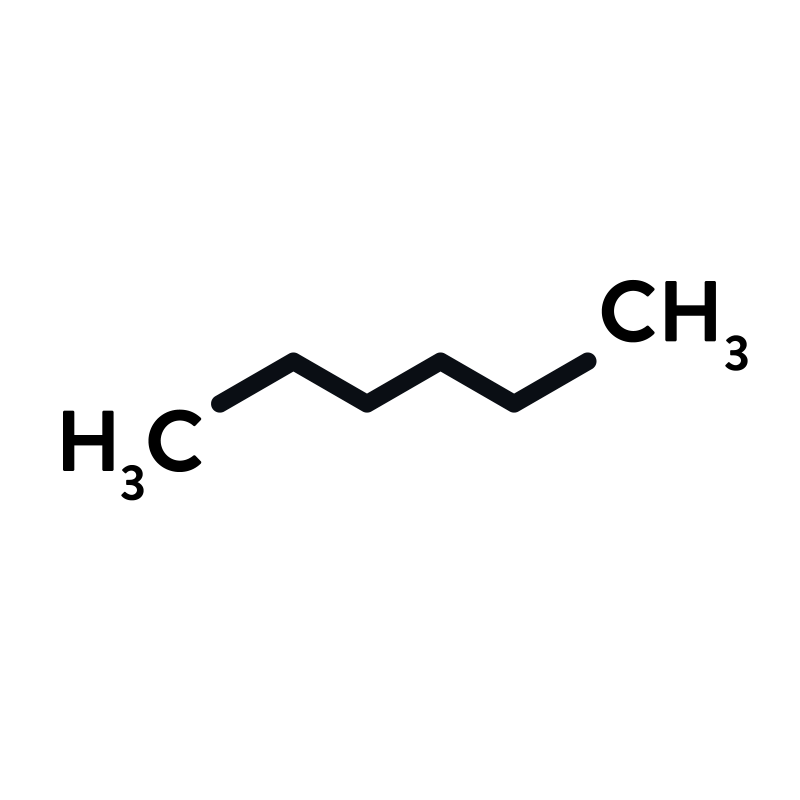
n-Hexane
This degreaser and solvent is used in electronics manufacturing to clean phone screens and printed circuit boards, as well as machine cleaning and removing flux residues after soldering. Inhaling n-hexane causes central nervous system effects and can cause irritation and sores to skin and airways. The chemical has been connected with male reproductive damage in animal tests.

N-Methyl-Pyrrolidone (NMP)
This solvent used to manufacture printed circuit boards, clean semiconductor parts and thinner for photoresist. It is a developmental toxicant and has been closely linked to developmental impacts including miscarriage and is toxic to kidneys, liver and the nervous system.
*While NMP meets all the criteria for selection as a Priority Chemical, it lacks a viable, large-market scale alternative for photoresist stripping applications. Therefore, it is a Priority Chemical for any application besides photoresist stripping. It is recommended that research on alternatives be continued by the industry and that NMP be considered for a future phase-out.
Specific Conditional Use Allowed: Allowed for use in photoresist stripping

Tetrachloroethylene
Used to prepare metal surfaces and in cleaning electronic equipment, tetrachloroethylene is a potential human carcinogen and can cause liver damage as well as irritation to eyes, skin, nose, throat and respiratory system.

Toluene
Toluene is used as a cleaning solvent in the electronics industry and is a common ingredient in solvents for adhesives, paints, coatings and inks. It can cause damage to the central nervous system, reproductive system damage and miscarriage.

Trichloroethylene
This chemical is used for vapor degreasing and to clean ingot and wafer materials used in semiconductors. It is a known carcinogen and can irritate eyes and skin and cause liver and kidney damage as well as developmental effects.
Round 2 Priority Chemicals

Cumene
Cumene is used as a solvent for lacquers, coatings, adhesive, inks or thinner, and cleaning processes. It is suspected of causing cancer and may cause respiratory irritation.

1,2-Dichloroethane
1,2-Dichloroethane is used as a solvent to remove grease, resins, glue and dirt. It may cause cancer, is toxic if inhaled, and may cause respiratory irritation.
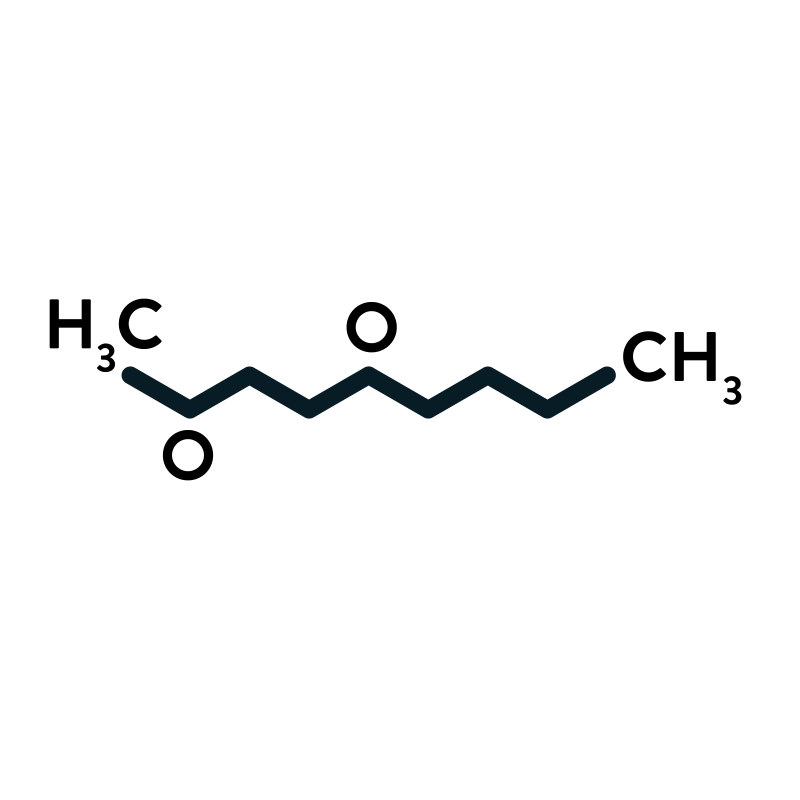
Diethylene glycol dimethyl ether
Diethylene glycol dimethyl ether is used in the coating industry & in photolithography to make semiconductor chips; also used in adhesives and sealants. It may damage fertility or the unborn child.
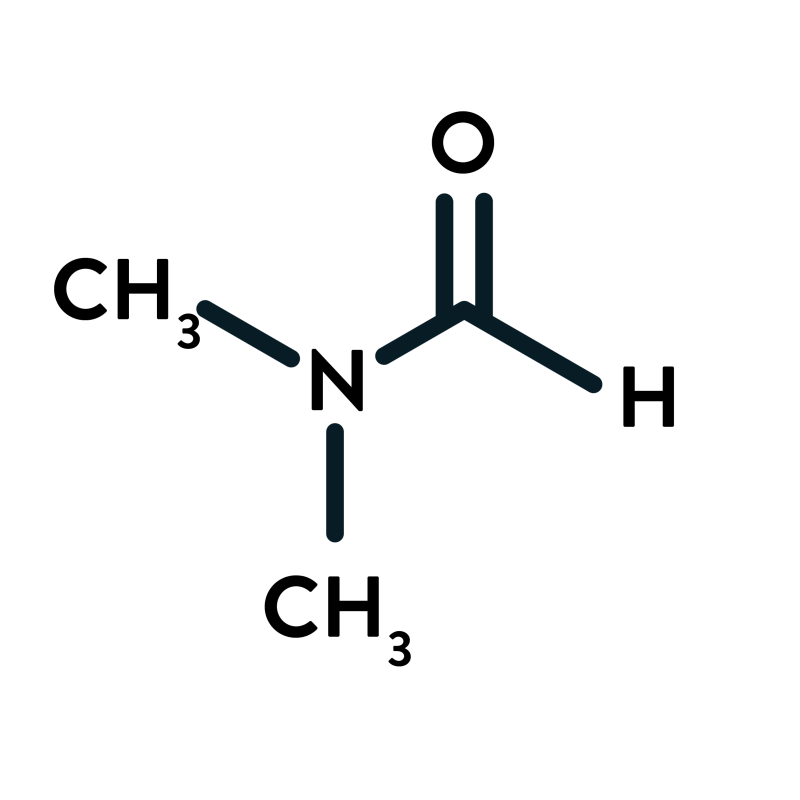
Dimethylformamide
Dimethylformamide is used as a solvent in production of electronic components and used as a solvent for epoxy resin catalysts used during the lamination of circuit boards. It may cause cancer and may damage fertility or the unborn child.
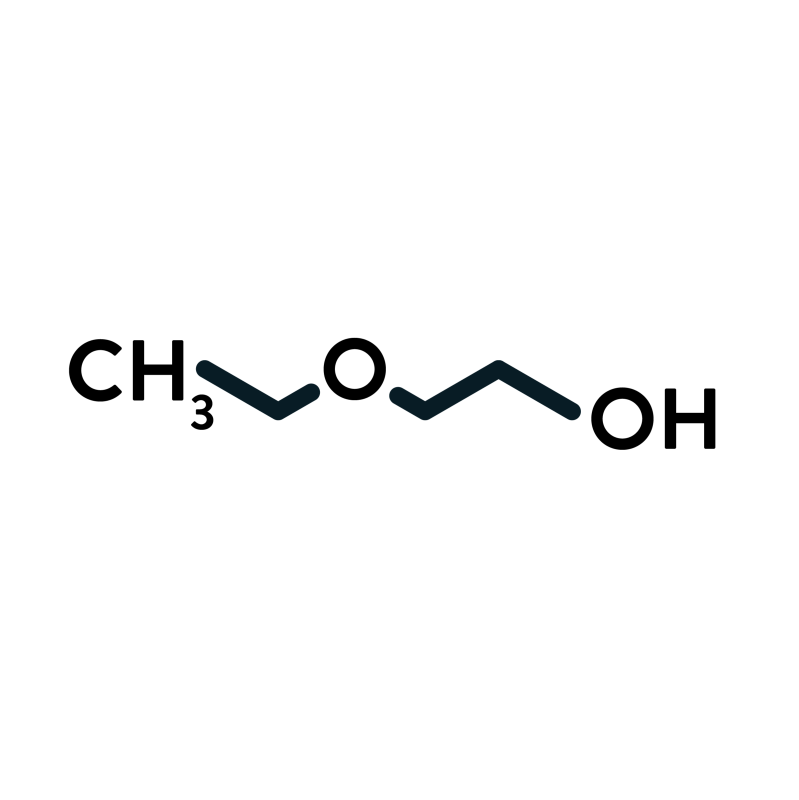
2-Ethoxyethanol (ethylene glycol monoethyl ether)
2-Ethoxyethanol is used as an industrial solvent for printing inks, dyes, and coatings. It may damage fertility or the unborn child and is toxic if inhaled.
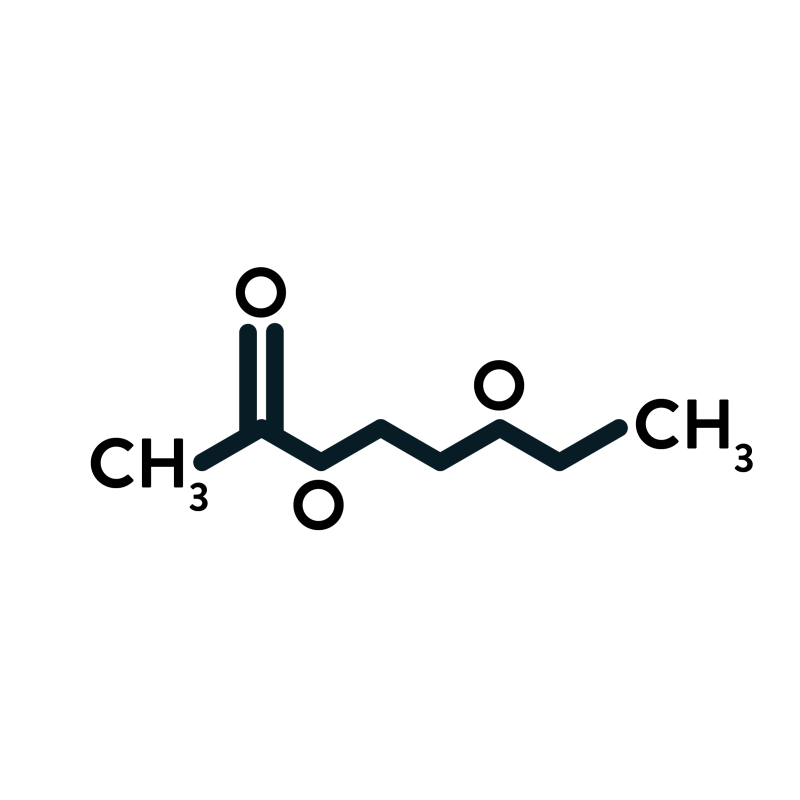
2-Ethoxyethyl acetate (ethylene glycol monoethyl ether acetate)
2-Ethoxyethyl acetate is used in metal degreasing, semiconductor manufacturing and as a solvent for cellulose, resins, and coating applications. It may damage fertility or the unborn child.
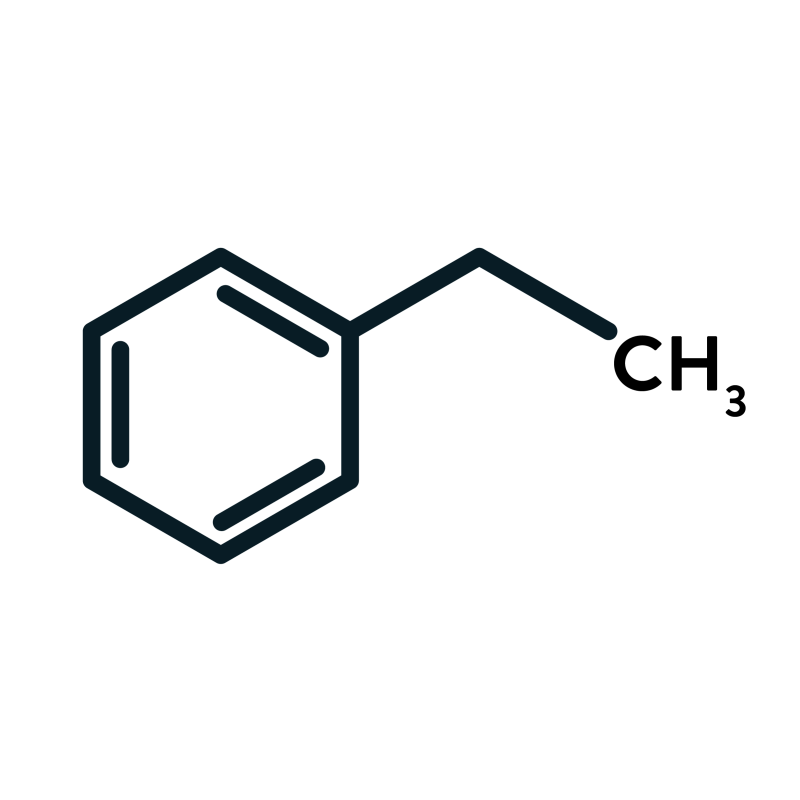
Ethylbenzene
Ethylbenzene is used as a solvent for lacquers, coatings, adhesive, inks or thinner, and unspecific cleaning processes, and as an adhesive ingredient. It is suspected of causing cancer and may cause damage to hearing organs through prolonged or repeated exposure.

2-Methoxyethanol (ethylene glycol monomethyl ether)
2-Methoxyethanol is used as solvent for resins in the electronics industry, dyes and quick drying varnishes. It may damage fertility or the unborn child, causes damage to the immune system and may cause damage to organs (thymus) through prolonged or repeated exposure.
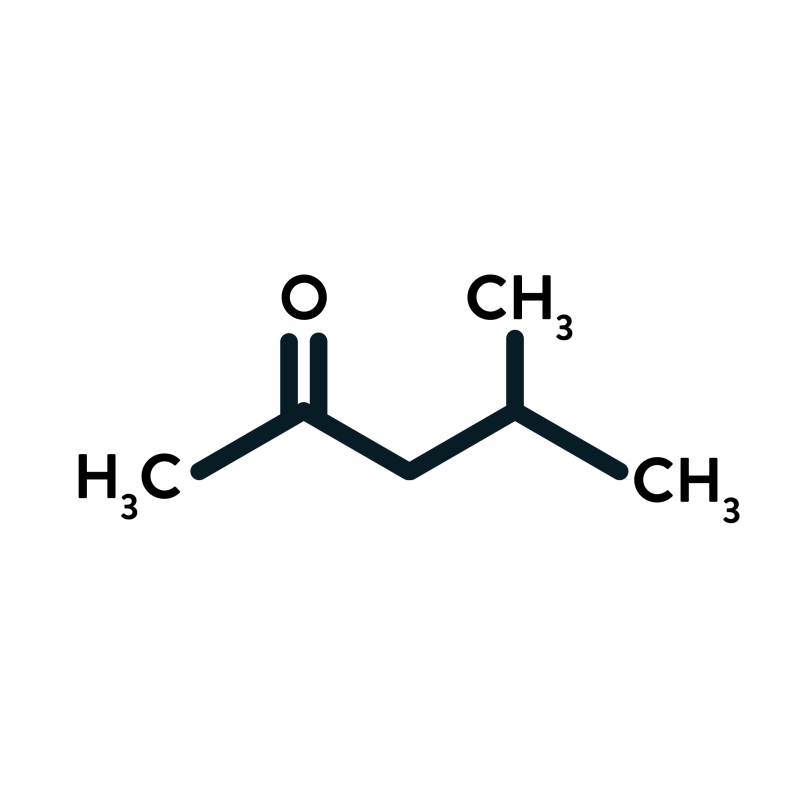
Methyl isobutyl ketone
Methyl isobutyl ketone is widely used as a solvent in the electronics industry especially for coating, ink, primer and adhesives, and in the semiconductor industry. It is suspected of causing cancer and may cause drowsiness or dizziness.

Nitromethane
Nitromethane is used as a solvent for coatings and inks. It is suspected of causing cancer and is suspected of damaging fertility or the unborn child.
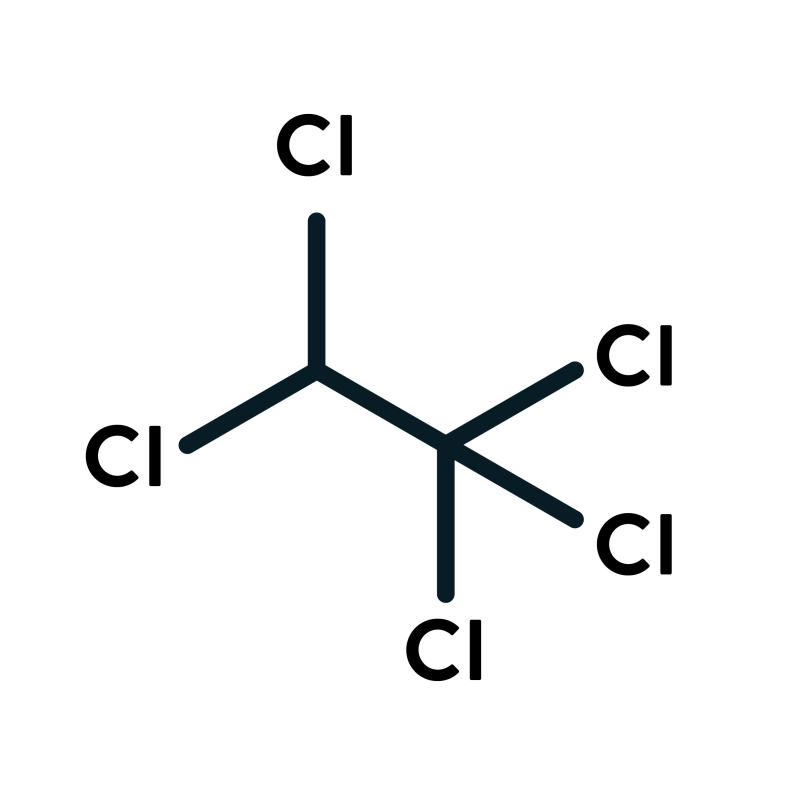
Pentachloroethane
Pentachloroethane is used in vapor degreasing of metals and ultrasonic cold cleaning. It is suspected of causing cancer and causes damage to organs through prolonged or repeated exposure.
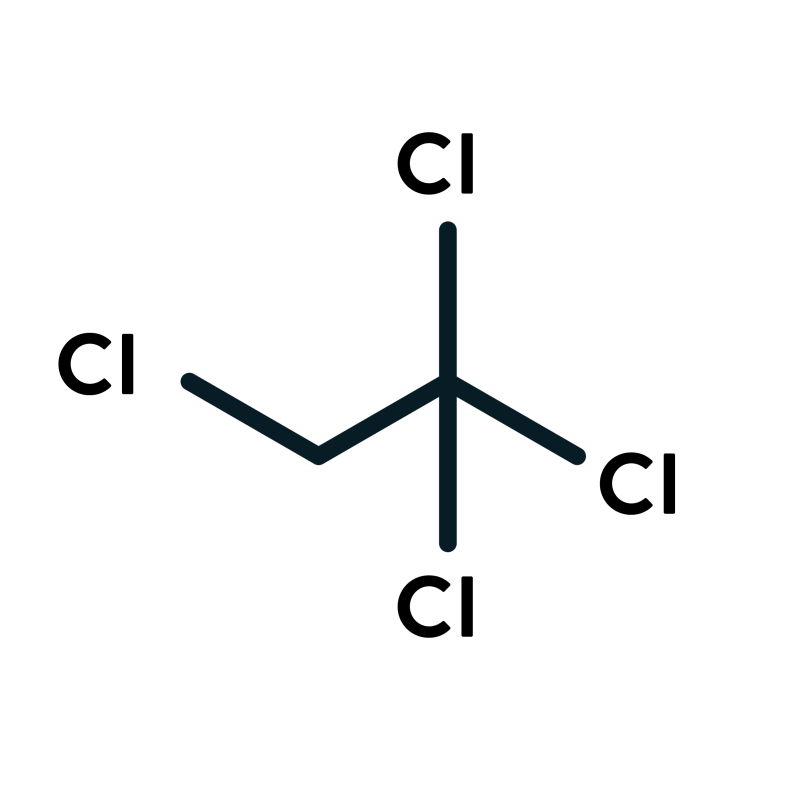
1,1,1,2-Tetrachloroethane
1,1,1,2- Tetrachloroethane is used as cosolvent for degreasing. It is suspected of causing cancer, can be fatal in contact with skin and is toxic if inhaled.
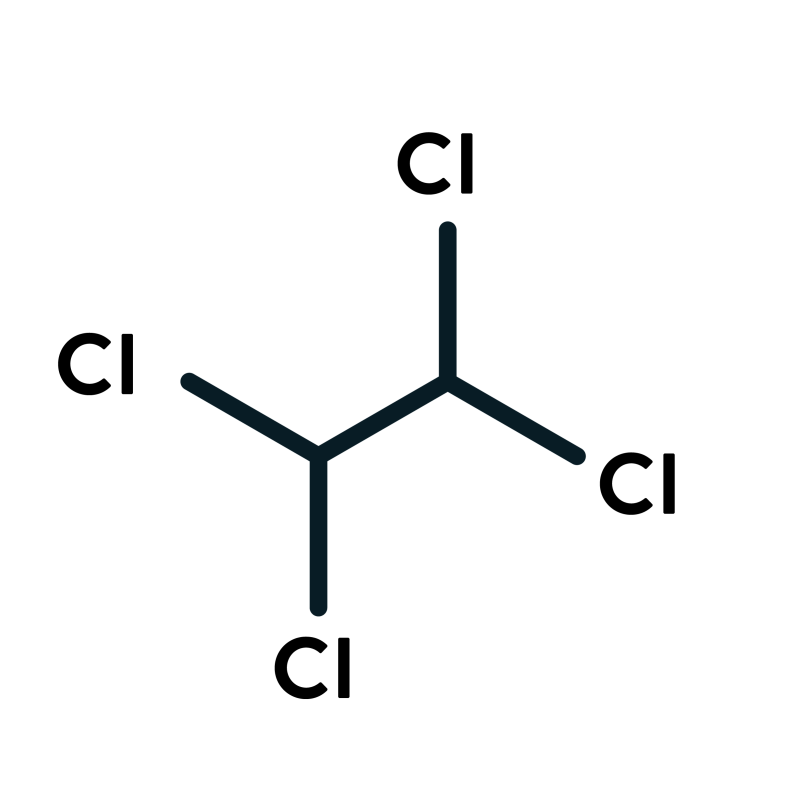
1,1,2,2-Tetrachloroethane
1,1,2,2- Tetrachloroethane was historically used as a solvent in cleaning and degreasing metals, in paint removers and others. It can be fatal in contact with skin or if inhaled.
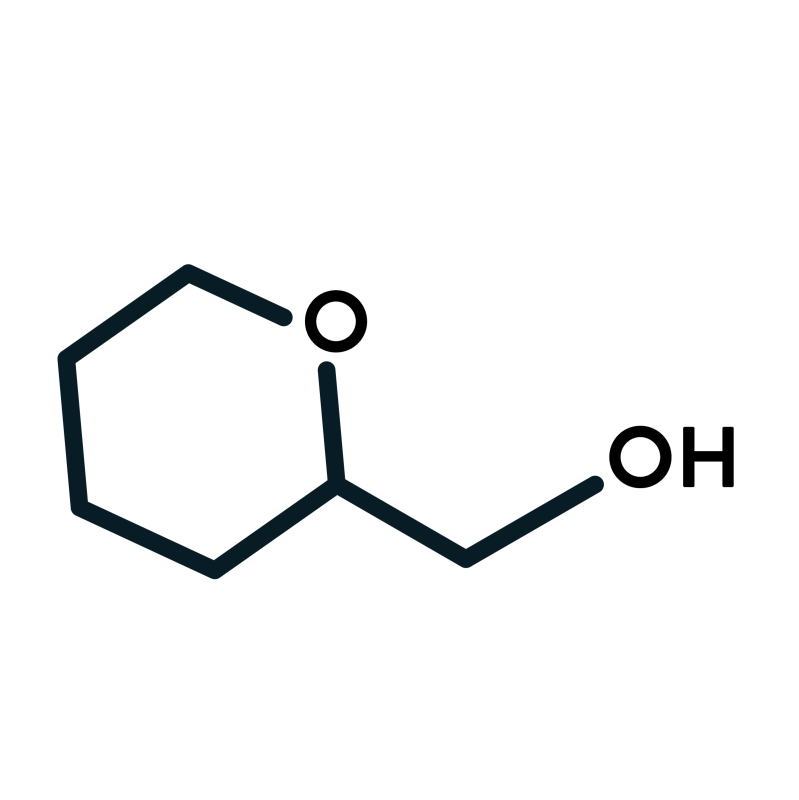
Tetrahydrofurfuryl alcohol
Tetrahydrofurfuryl alcohol is used as a solvent for fats, waxes, and resins and as a cleaner, paint stripper and solvent. It may damage fertility or the unborn child.

Trichloromethane (Chloroform)
Trichloromethane is used as a cleaning agent and solvent for rubber, waxes and resins to help other substances dissolve. It is suspected of causing cancer and of damaging fertility or the unborn child, is toxic if inhaled, and can cause liver and kidney damage through prolonged or repeated exposure.
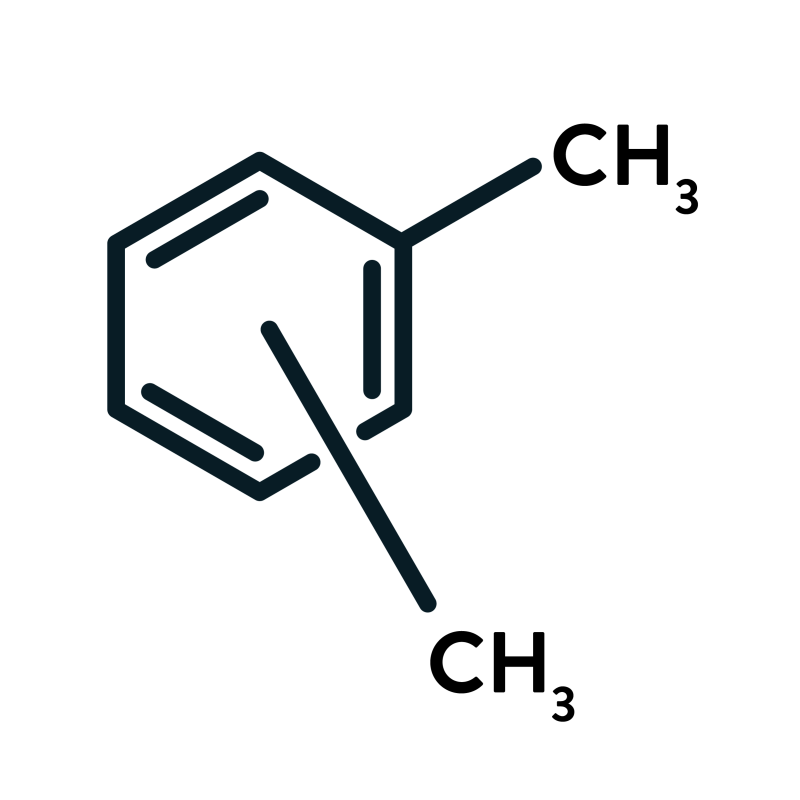
Xylenes
Xylenes are widely used as solvents in the electronics industry, especially for coating, ink, primer, and adhesives, and in semiconductor manufacturing. They are suspected of causing cancer.
